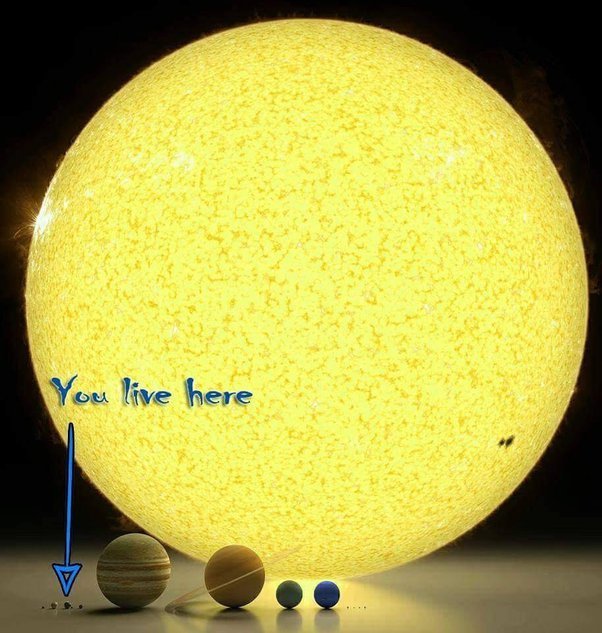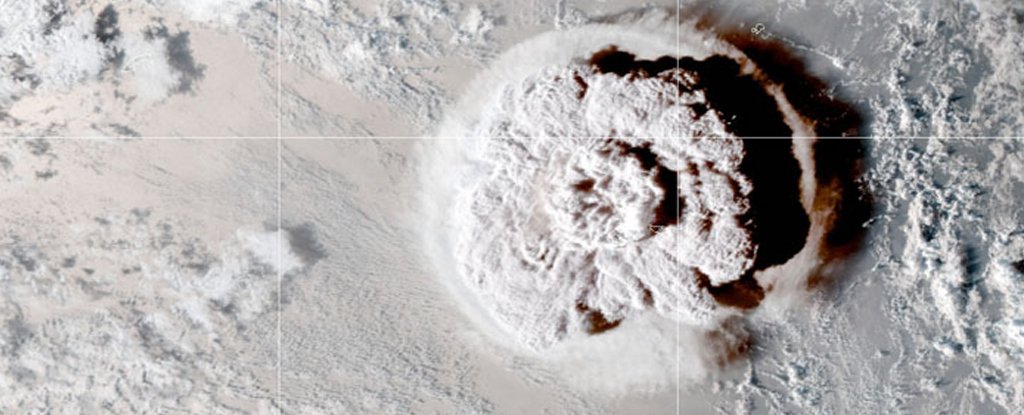Greenhouse effect, solar radiation alternative theories (peer reviewed)
- Details
- Written by: @RobinMonotti; Nathan Kaib; Nicola Scafetta; Antonio Bianchini;
- Category: Climate Science
- Hits: 3470
 WHY THEY HATE STONEHENGE: TEMPLE TO THE SUN: THE REAL REASON FOR CLIMATE CHANGE:
WHY THEY HATE STONEHENGE: TEMPLE TO THE SUN: THE REAL REASON FOR CLIMATE CHANGE:
The warming from the Sun is cyclical, it's NOT constant. The distance of where you are from the Sun is constantly changing because both the Earth's orbit around the Sun is irregular and the Sun itself wobbles due to the combined gravitational pull of all the planets together. Look at the Schwabe solar cycle of 11 years, the Jose solar cycle of solar Inertial Motion of 179 years, Eddy Solar Cycle of 1000 years, the Bray-Halstatt Cycles of 2300-2500 years, then look into the three Milankovitch Cycles. Short to medium term climate change: See Harmonics of the Solar Sytems Research 4th August 2022; CLICK HERE or see below
Solar Inertial Motion: the combined mass of the planets also moves both the position of the Sun and its activity through their combined gravitational pull, meaning the Sun moves around following the ever moving barycentre of the Solar system rather than being in a fixed central point in the middle Solar System. That is the key thing to understand: the Sun is moving around, wobbling in spiral like motion as it travels, it is not stationary. Once you understand that all medium term climate change can be explained simply because of the Sun's changing distance from the Earth.
None of this has anything to do with humans. None of this has anything to do with CO2. The models of the Solar System you grew up believing as a child were gross over simplifications. They conditioned you to believe that the Solar system has a fixed Sun position with a regular Sun activity with regular orbits, of which the Earth is one. Yet that is not the reality: not only the earth both tilts and wobbles as it orbits, but the orbit is a changing ellipse not a perfect circle, meaning the distance from the Sun is not constant.
These are the three Milankovitch cycles. Also other planets have irregular orbits. The combined effect of all these irregular orbits together pulls the Sun off centre of the solar system into the barycentre. A wobbling Sun is the real reason for short to medium term climate change, and an irregular earth orbit, tilt and wobble is the reason for long term climate change. And this is just the beginning of the story of irregularity in the Earth's orbit around the Sun, then there are cycles of Sun activity, making it stronger and weaker according to how close to the 11 year cycle of magnetic poles flip it is, next being in 2024, and how many Sun spots & Solar flares we are exposed to.
Then you need to factor volcanic activity, the Hunga-Tonga Hunga underwater volcanic eruption of January 2022 increased the water vapour in the stratosphere by 10%, this in itself will cause considerable warming of the planet in most regions. It's definitely not a simplistic neat black and white story of CO2, a minor greenhouse gas, as 95% of the earth's greenhouse gases are constituted by water vapour instead.
Humans have no power to determine either the orbit of the Earth around the Sun or the Sun's internal & external activity, or the water vapour in the atmosphere. Life adapts much more easily to higher temperatures and increases in CO2, particularly plants, vegetation, trees, plankton& phytoplankton, than it does to decreases in CO2. The real danger is a decrease of CO2, and a decrease in temperature, not an increase in either.
Once again, we have been deceived by a systematically corrupt scientific funding system linked to oligarchs interests.CO2 was always a control knob for economic prosperity, not climate.
- Details
- Written by: J C Burke
- Category: Climate Science
- Hits: 4170
 "Volcanic eruptions rarely inject much water into the stratosphere [See NASA Article Click Here]. In the 18 years that NASA has been taking measurements, only two other eruptions – the 2008 Kasatochi event in Alaska and the 2015 Calbuco eruption in Chile – sent appreciable amounts of water vapor to such high altitudes."
"Volcanic eruptions rarely inject much water into the stratosphere [See NASA Article Click Here]. In the 18 years that NASA has been taking measurements, only two other eruptions – the 2008 Kasatochi event in Alaska and the 2015 Calbuco eruption in Chile – sent appreciable amounts of water vapor to such high altitudes."
""The amount of water vapor injected into the stratosphere after the eruption of Hunga Tonga-Hunga Ha’apai (HTHH) was unprecedented, and it is therefore unclear what it might mean for surface climate. We use chemistry climate model simulations to assess the long-term surface impacts of stratospheric water vapor (SWV) anomalies similar to those caused by HTHH, but neglect the relatively minor aerosol loading from the eruption"". Footnote 1
""The simulations show that the SWV anomalies lead to strong and persistent warming of Northern Hemisphere landmasses in boreal winter, and austral winter cooling over Australia, years after eruption, demonstrating that large SWV forcing can have surface impacts on a decadal timescale. We also emphasize that the surface response to SWV anomalies is more complex than simple warming due to greenhouse forcing and is influenced by factors such as regional circulation patterns and cloud feedbacks"". Footnote 2
""This extra water vapor could influence atmospheric chemistry, boosting certain chemical reactions that could temporarily worsen depletion of the ozone layer. It could also influence surface temperatures."" NASA
Massive volcanic eruptions like Krakatoa and Mount Pinatubo typically cool Earth’s surface by ejecting gases, dust, and ash that reflect sunlight back into space.
In contrast, the Tonga volcano didn’t inject large amounts of aerosols into the stratosphere, and the huge amounts of water vapor from the eruption may have a small, temporary warming effect, since water vapor traps heat.
